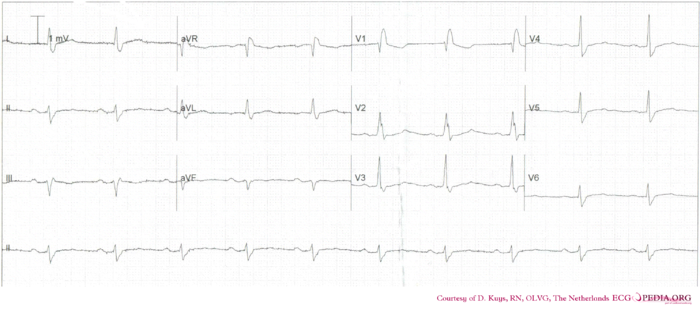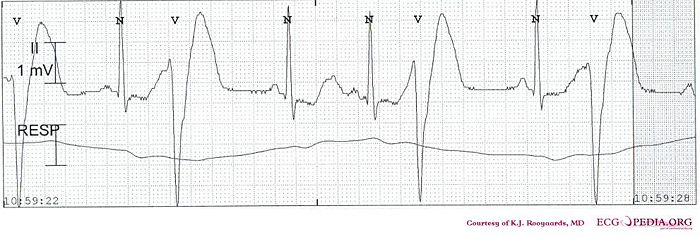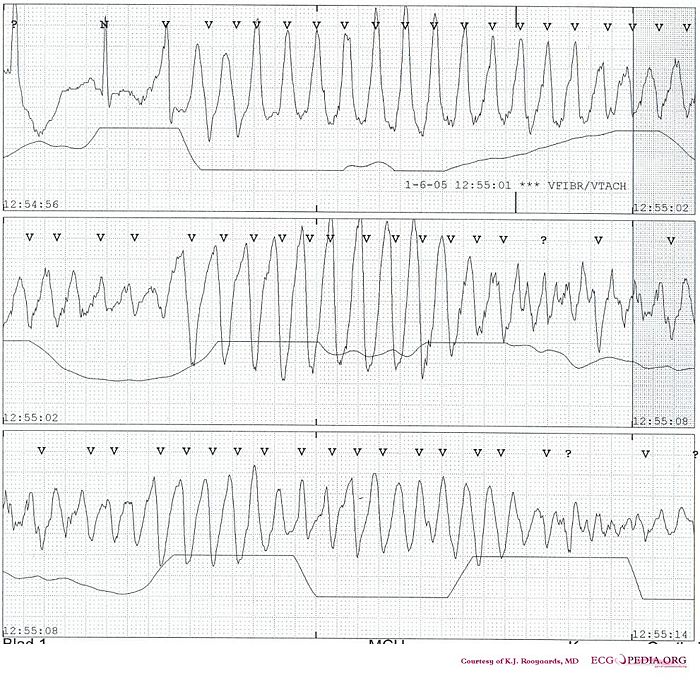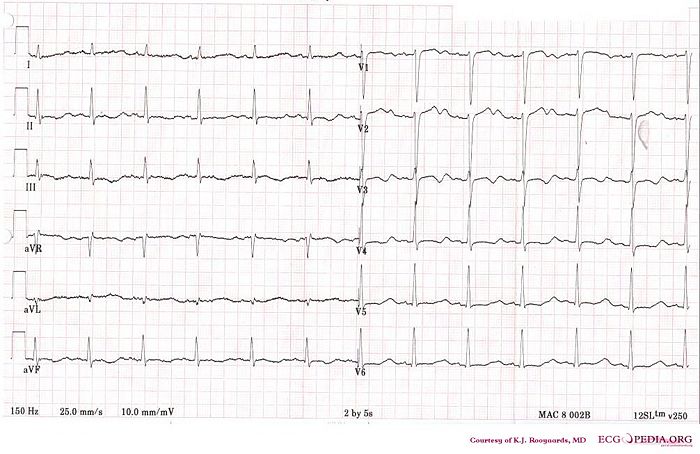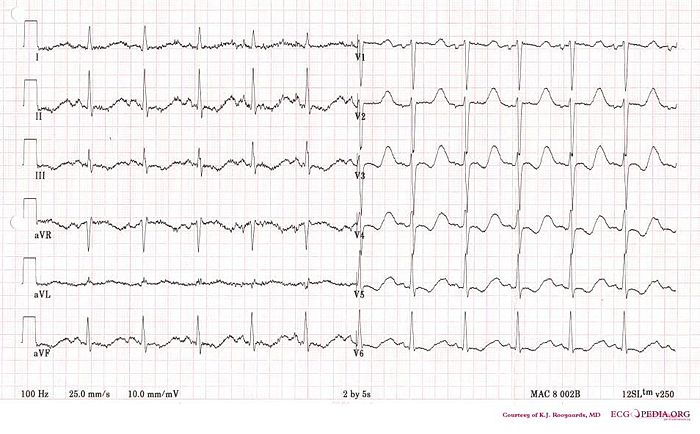Case 100: Difference between revisions
Jump to navigation
Jump to search
m (Example 16 moved to Case 100) |
mNo edit summary |
||
| Line 1: | Line 1: | ||
{{Case| | |||
[[Image: | |previouspage= Case 5 | ||
|previousname= Case 5 | |||
|nextpage= Case 101 | |||
|nextname= Case 101}} | |||
[[Image:triblock.png|thumb|700px|left| The ECG]] | |||
{{clr}} | {{clr}} | ||
[[Image:KJcasu17- | Try to interprete this ECG using the 7+2 step method | ||
Look at the consecutive ECGs in this patient. What is the problem that causes the arrhythmia in rhythm strip 2? | |||
[[Answer Case 100|Answer]] | |||
[[Image:KJcasu17-1.jpg|thumb|700px|left| Rhythm strip 1]] | |||
{{clr}} | {{clr}} | ||
[[Image:KJcasu17- | [[Image:KJcasu17-2.jpg|thumb|700px|left| Rhythm strip 2]] | ||
{{clr}} | {{clr}} | ||
[[Image:KJcasu17- | [[Image:KJcasu17-3.jpg|thumb|700px|left| Rhythm strip 3]] | ||
{{clr}} | {{clr}} | ||
[[Image:KJcasu17-4.jpg|thumb|700px|left| Rhythm strip 4]] | |||
{{clr}} | {{clr}} | ||
Revision as of 15:41, 11 November 2008
| This page is part of Cases and Examples |
Try to interprete this ECG using the 7+2 step method
Look at the consecutive ECGs in this patient. What is the problem that causes the arrhythmia in rhythm strip 2?
